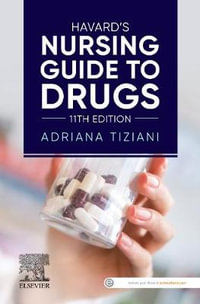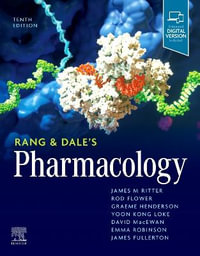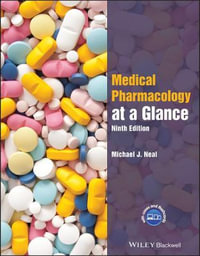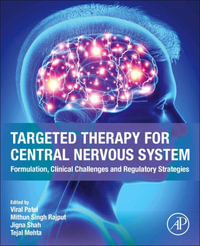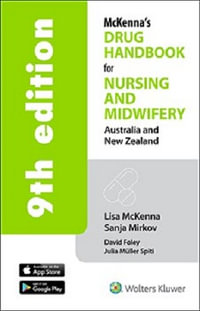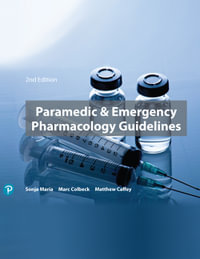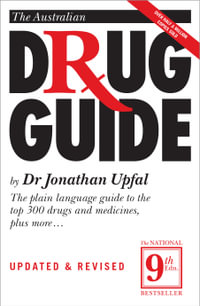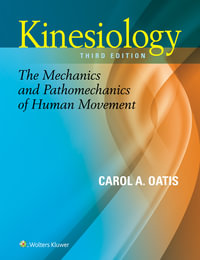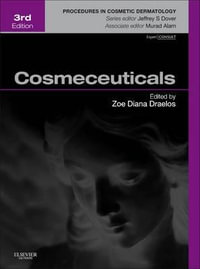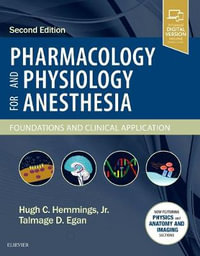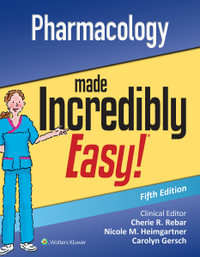| Preface | p. ix |
| Corresponding Contributors | p. xi |
| Nomenclature of Penicillium and Aspergillus and their teleomorphs | |
| Databanking of names | p. 3 |
| List of accepted species and their synonyms in the family Trichocomaceae | p. 9 |
| Types of Aspergillus and Penicillium and their teleomorphs in current use | p. 51 |
| List of names of Trichocomaceae published between 1992 and 1999 | p. 73 |
| Methods for identification of Penicillium and Aspergillus | |
| Media and incubation effects on morphological characteristics of Penicillium and Aspergillus | p. 83 |
| The use of primary metabolism for identification of Penicillium species | p. 101 |
| Collaborative study on stipe roughness and conidium form in some terverticillate Penicillia | p. 113 |
| Taxonomic and digital information on Penicillium and Aspergillus | |
| Taxonomic initiatives, taxonomic tools and the information age | p. 129 |
| ASP45, a synoptic key to common species of Aspergillus | p. 139 |
| Phylogeny and molecular taxonomy of Penicillium | |
| Evolutionary relationships of the cleistothecial genera with Penicillium, Geosmithia, Merimbla and Sarophorum anamorphs as inferred from 18S rDNA sequence divergence | p. 149 |
| Phylogenetic analysis of Penicillium species based on ITS and lsu-rDNA nucleotide sequences | p. 163 |
| Molecular methods for differentiation of closely related Penicillium species | p. 179 |
| Phylogeny and species concepts in the Penicillium aurantiogriseum complex as inferred from partial [beta]-tubulin gene DNA sequences | p. 189 |
| Development of genetic markers for population studies of Penicillium spp | p. 199 |
| A review of current methods in DNA fingerprinting | p. 209 |
| DNA heteroduplex fingerprinting in Penicillium | p. 225 |
| Classification and identification of Penicillium | |
| Substrate utilization patterns as identification aids in Penicillium | p. 239 |
| Characterization of Penicillium by the use of Biolog | p. 251 |
| Cycloheximide tolerance as a taxonomic character in Penicillium | p. 259 |
| The homogeneous species and series in subgenus Penicillium are related to mammal nutrition and excretion | p. 265 |
| Penicillium on solid wood products | p. 285 |
| Neglected Penicillium spp. associated with declining trees | p. 299 |
| Penicillium species diversity in soil and some taxonomic and ecological notes | p. 309 |
| Molecular taxonomy of Aspergillus | |
| Phylogenetic relationships in Aspergillus based on rDNA sequence analysis | p. 323 |
| Molecular phylogeny of Aspergillus and associated teleomorphs in the Trichocomaceae (Eurotiales) | p. 357 |
| Factors affecting the use of sequence diversity of the ribosomal RNA gene complex in the taxonomy of Aspergillus | p. 373 |
| Molecular and analytical tools for characterizing Aspergillus and Penicillium species at the intra- and interspectific levels | p. 381 |
| Taxonomy of Aspergillus section Nigri and section Flavi | |
| Genotypic and phenotypic variability among black Aspergilli | p. 397 |
| Molecular tools for the classification of black Aspergilli | p. 413 |
| Aspergillus systematics and the molecular genetics of mycotoxin biosynthesis | p. 425 |
| Analysis of the molecular and evolutionary basis of toxigenicity and nontoxigenicity in Aspergillus flavus and A. parasiticus | p. 435 |
| Genetic variation and aflatoxin production in Aspergillus tamarii and A. caelatus | p. 447 |
| Tolerance and stability of major chromosomal rearrangements in an industrial Aspergillus oryzae strain | p. 459 |
| Pathogenic Aspergilli and Penicillia | |
| Molecular typing of Aspergillus fumigatus | p. 471 |
| Phenotypic and genotypic variability within Aspergillus section Fumigati | p. 483 |
| The potential of Penicillium and Aspergillus in drug lead discovery | |
| The potential of Penicillium and Aspergillus in drug lead discovery | p. 495 |
| Index | p. 501 |
| Table of Contents provided by Syndetics. All Rights Reserved. |



